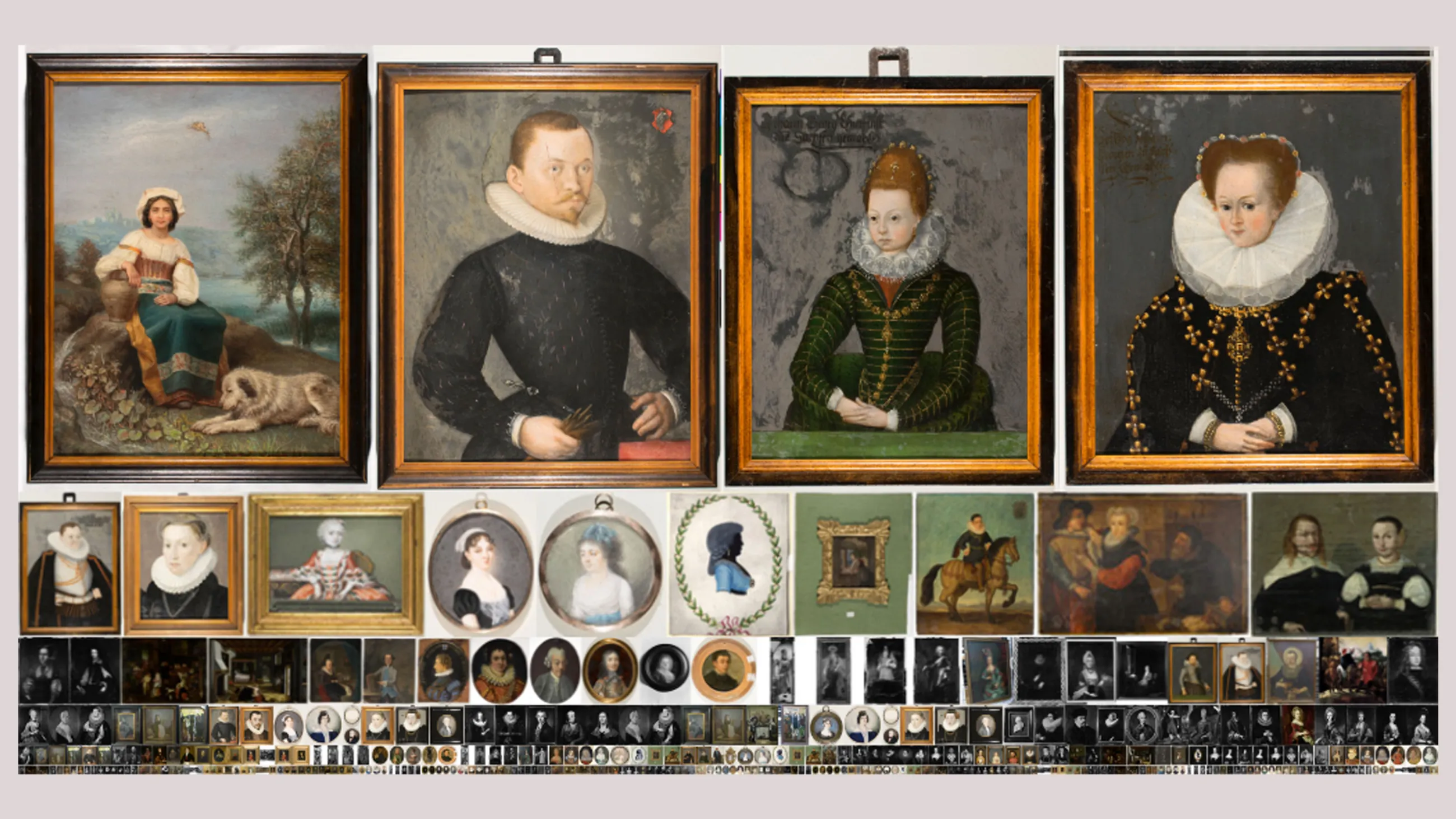Restaging Fashion – Digital Contextualisation of Vestimentary Sources
The interdisciplinary research and digitalisation project "Restaging Fashion. Visualisation of Vestimentary Sources" (ReFa) has developed explorative approaches to holdings from the Berlin Art Library with its collection Modebild – Lipperheide Costume Library and from the Fabrics collection of the Germanisches Nationalmuseum Nuremberg.

The Restaging Fashion project (11.2020 – 11.2023), funded by the Federal Ministry of Education and Research (BMBF) and based at the UCLAB at University of Applied Sciences Potsdam, is dedicated to the cultural history of clothing, its appearance and symbolism. The visualisation of the collection's holdings brings together vestimentary sources in the digital realm and enables cross-source and multidisciplinary research on the objects. The starting point is the painting collection of 600 works donated by the Berlin publishing couple Franz and Frieda von Lipperheide in 1899. It documents fashion, costume and dress from the late Middle Ages to the 19th century. The paintings are complemented by 1,000 prints and hand drawings from Lipperheide's costume library as well as text sources, such as archival documents on the history of the collection. However, the often fragile historical textiles provide decisive information; they expand the pictorial and textual information with the objecthood and materiality itself. Using 3D scanning and photogrammetry, the detailed, three-dimensional reproduction of 15 historical clothing ensembles and accessories from the Germanisches Nationalmuseum was trialled.
The UCLAB (Urban Complexity Lab) of the University of Applied Sciences Potsdam, project initiator with many years of experience in the visualisation of cultural data, tested experimental methods of collection presentation by means of visualisations, which are used on the one hand as an aid to content exploration and on the other hand as a tool for interpretation. In the Restaging Fashion project, image and metadata were visualised and made available in an iterative and collaborative design process. The chosen form of collection presentation allows contextualisation, an introduction through narrative elements and free exploration of the holdings. The result is a freely reusable prototype, the ReFa-Reader.

Project management

Employees

